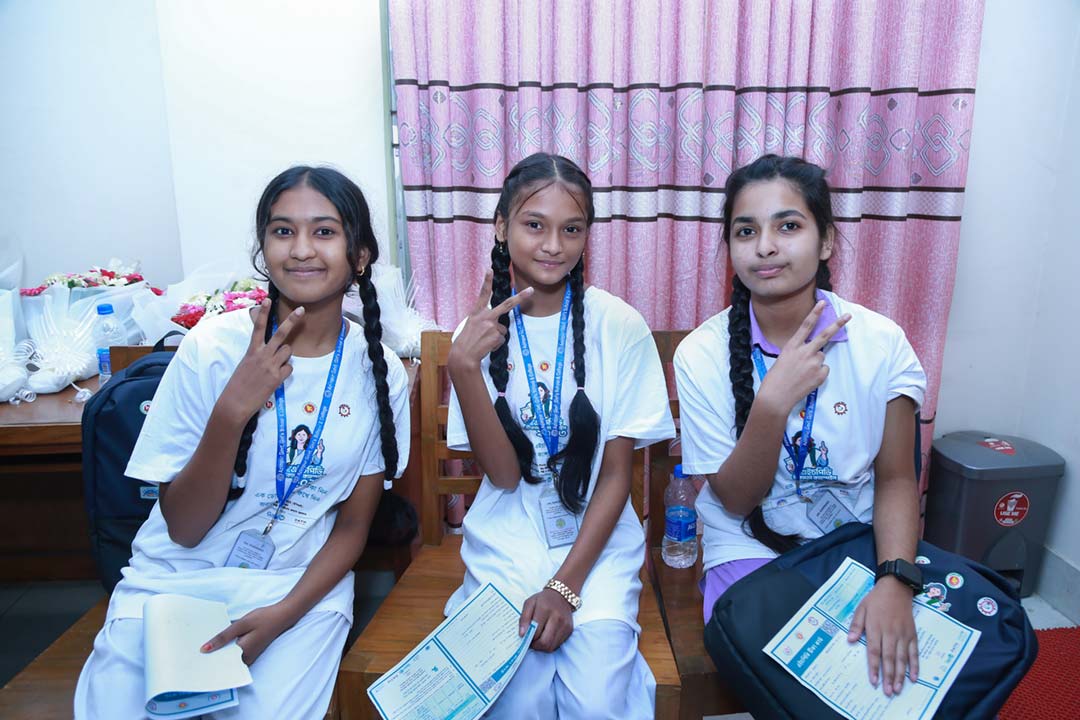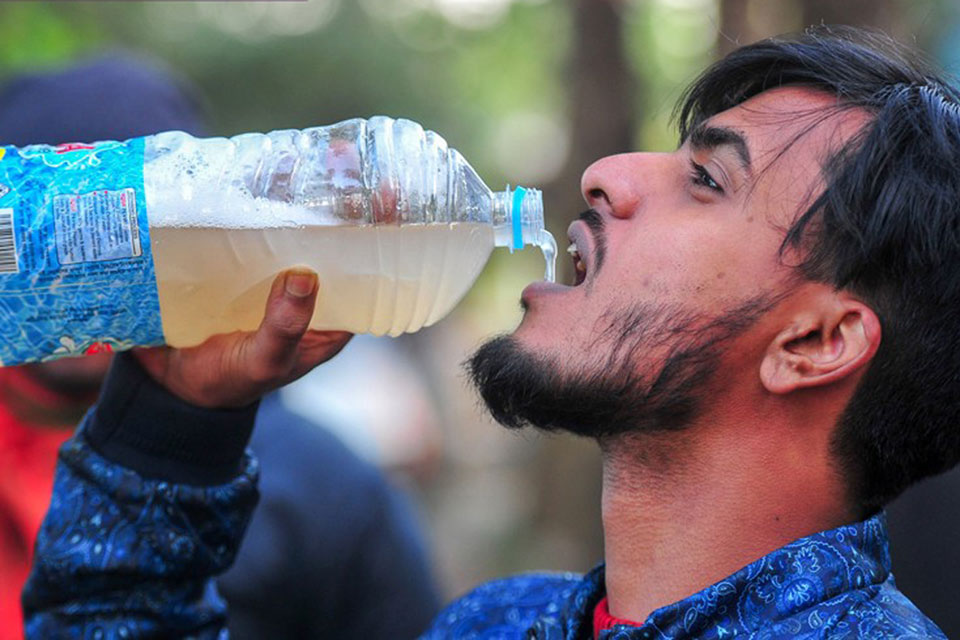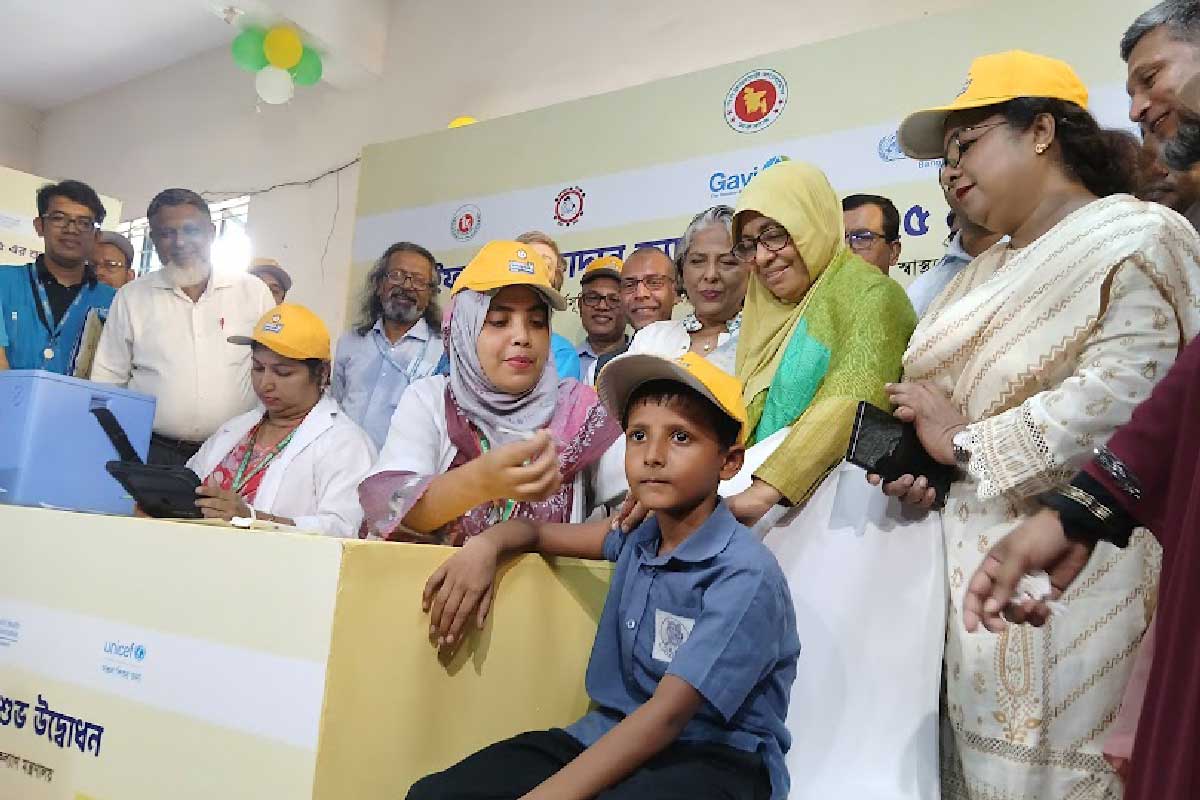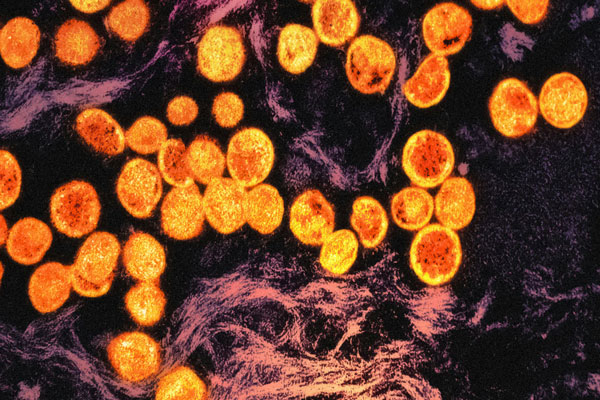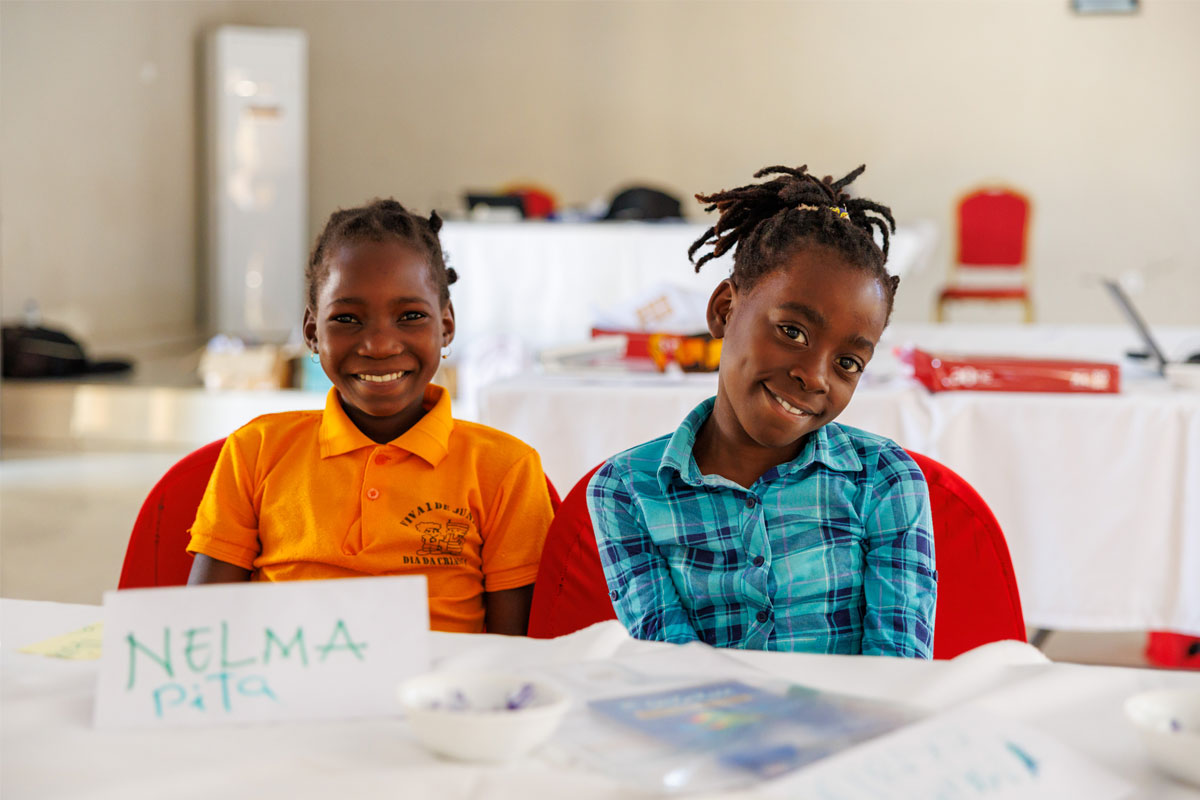To ensure the HPV vaccine saves lives, we need to understand how anxiety spreads
In rural Mymensingh district, Dr Md. Tanvir Hossen, former deputy manager of Bangladesh’s immunisation programme and ex-WHO consultant, traces anti-vaccine rumours to their source.
- 17 June 2025
- 6 min read
- by Tanvir Hossen
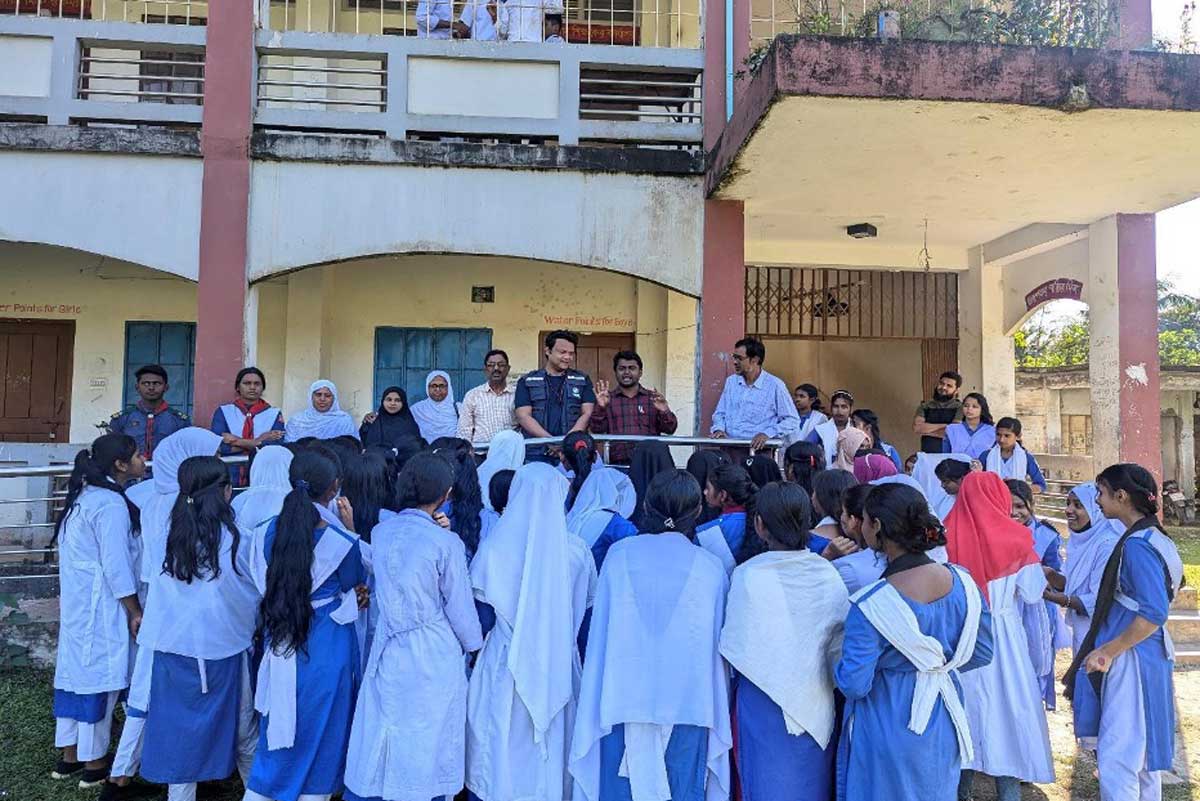
The morning of 11 November in Mymensingh district was beautiful: outside my window, the sun was shining brightly through the mild chill of the early Bangladeshi winter. It was my second day of supervision-monitoring of a vital, nationwide human papillomavirus (HPV) vaccination campaign. Begun on 24 October 2024, this was the roll-out’s final phase, a last sprint to the target: Bangladesh aimed to get 95% of girls aged 10–14 years, including schoolgirls in grades 5 to 9 or equivalent, protected.
Succeeding would do nothing less than shift the fate of a generation. The HPV vaccine effectively prevents the silent disease of cervical cancer, one of the leading causes of cancer-related deaths among women in Bangladesh, claiming thousands of lives each year. But although the disease is preventable, awareness of the vaccine has remained limited, particularly in rural areas like Mymensingh.
Anxiety spreads
Since Bangladesh introduced the HPV vaccine into its routine immunisation schedule in 2023, access to the vaccine is improving across the country. But in some places, misinformation is hampering uptake – and rumours can spread on social media platforms within minutes.
That happened recently, in a place called Jhinaigati upazila, in Sherpur district. A few religious groups there publicly spoke out against the HPV vaccine after several girls had fallen ill – most of them suffering fainting spells – after receiving their shots. The incident was later diagnosed as a Mass Psychogenic Illness, meaning that the girls’ symptoms were caused by anxiety, rather than being physical in origin.
Adolescent girls are emotionally vulnerable and require respectful care and communication prior to vaccination.
As rumours spread, parents and schoolteachers, particularly those in madrasas, became increasingly resistant to allowing their girls to receive the vaccine.
Offering reassurance
The World Health Organization’s In Vitro Diagnostics network, which is at the heart of immunisation programmes not only in Bangladesh but around the world, began sharing daily updates through an internal WhatsApp group. Interventions to respond to emerging challenges were assigned; I was asked to extend my stay in the Mymensingh division, which contains Sherpur district.
Just a few days prior, the daughter of the Civil Surgeon of Sherpur district had fallen ill after receiving her HPV vaccine jab at school. I had visited the school on the same day to monitor activities and found that the vaccination session was being held in an open area, under a tin roof, with the scorching sun overhead. The conditions had led to heat exhaustion among the girls waiting in a long queue for the vaccine. I recommended moving the session to a cooler and comfortable location, ideally one with better ventilation and shade.
On the morning of 12 November 2024, I set out for an upazila called Bhaluka, with the goal of supporting government health officials in addressing harmful rumours, and thus improving vaccination coverage.
The medical officer confirmed that the vaccine had not been responsible for their classmate’s illness, that there was no cause for concern – and that if anything was to happen to any of them, “we are here to take care of you.”
The health manager assigned the Medical Officer of Disease Control (MODC) to accompany me. Together, we visited several madrasas and schools with low or no coverage, meeting with the heads and teachers to address their concerns and provide clear and simple answers. A few schools and madrasas agreed to schedule vaccinations for their students later.
That afternoon, MODC received a call from a vaccinator reporting a suspected case of adverse events following immunisation (AEFI) at a nearby school. Following the necessary instructions, we rushed to the school and found a girl lying on a wooden bed in a side room, surrounded by her parents and twin sister, all visibly upset. Meanwhile, other schoolgirls anxiously peered through the window outside – it occurred to me that in the absence of prompt intervention, a scenario like this one could have triggered another episode of Mass Psychogenic Illness. The vaccinator informed us that nearly 25 girls who were scheduled to receive their shots had already left the school, fearing they might experience the same reaction as the girl.
But on this occasion the MODC began examining the sick girl with her parents’ consent, while I was speaking with the girls waiting outside, hoping to reassure them. “We are here to take care of whatever happened to your beloved friend,” I told them. “We have investigated similar incidents that happened across the country, and found them to be nothing but anxiety-related illness.”
Afterward, I also approached the school headmaster and other teachers, who were very cooperative. In the meantime, the MODC confirmed that the girl was in good health and ruled out the possibility of anaphylaxis – the closing of the airways as part of an allergic reaction, a rare event, but one which can happen when administering any medication to a person for the first time. He also noted that the girl had a history of fainting, which was linked to a prescription from a well-known neurologist, with no significant clinical findings.
Shortly after, the girl was sitting up with her parents and twin sister, and she was later sent home with the MODC’s contact information, ensuring that she would receive any necessary medical assistance or follow-up care if required.
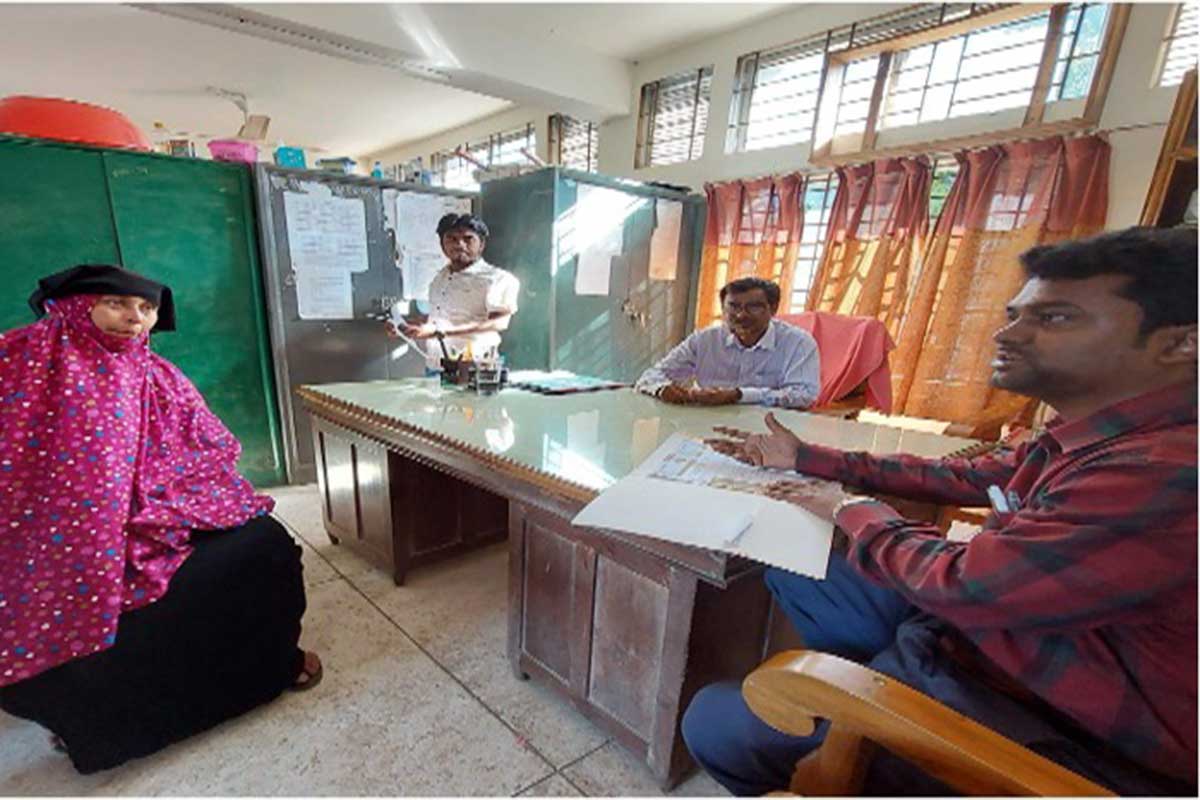
We counselled the mother and the twin sister in the presence of the teachers. The sister was successfully vaccinated, and other girls followed without hesitation. Later on, vaccinators told me that the majority of the girls who had left in fright on that day received their vaccinations later.
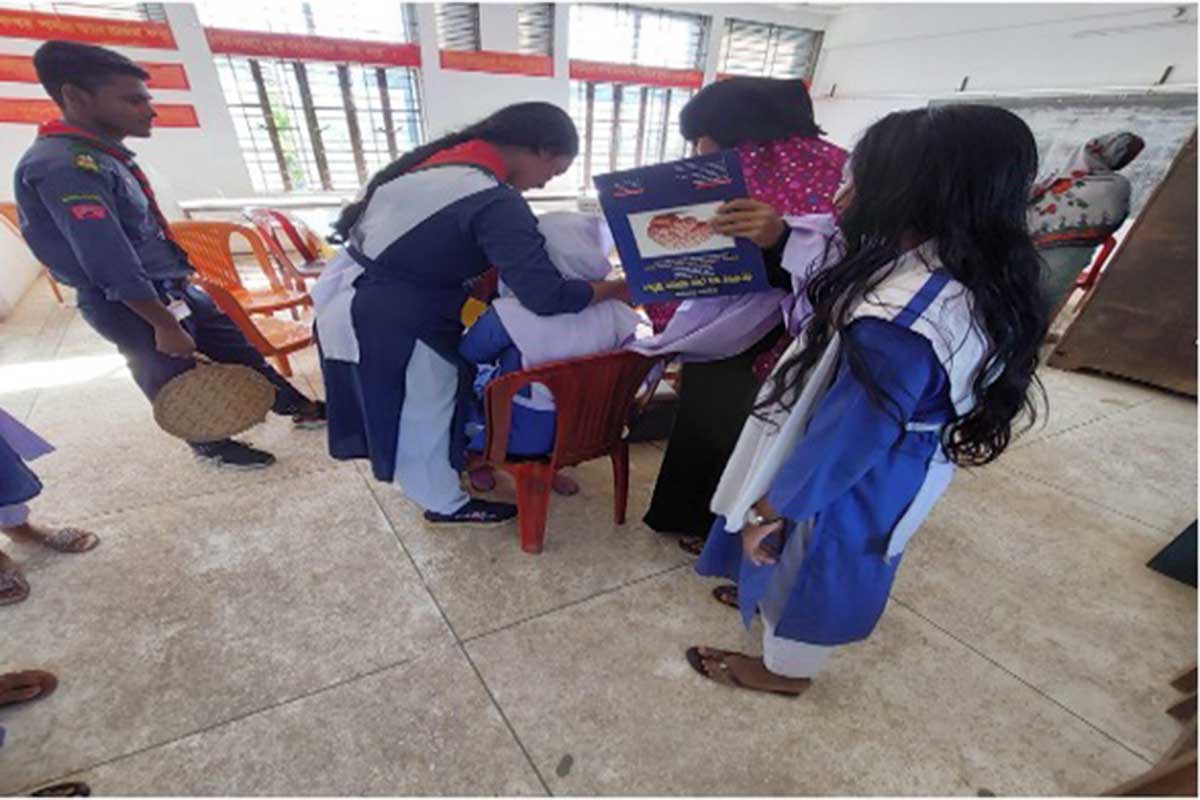
It is important to note that none of the other girls experienced any sickness, either before or after the incident. It was also revealed that the girl had been on an empty stomach since the morning. We concluded the visit with a speech from the MODC, delivered on the school grounds in the presence of the teachers, with all the girls in attendance as the audience. The medical officer confirmed that the vaccine had not been responsible for their classmate’s illness, that there was no cause for concern – and that if anything was to happen to any of them, “we are here to take care of you.”
Have you read?
A sensitive age
It is essential to remember that adolescent girls are emotionally vulnerable and require respectful care and communication prior to vaccination.
Unfortunately, these needs are often overlooked, especially in settings with long queues, empty stomachs and a lack of separate, comfortable spaces for vaccination and post-vaccination observation, particularly during large-scale campaigns. However, when incidents like this occur, they can be effectively managed with strong leadership, as demonstrated by the MODC in Bhaluka upazila of Mymensingh district with the technical support of WHO.
